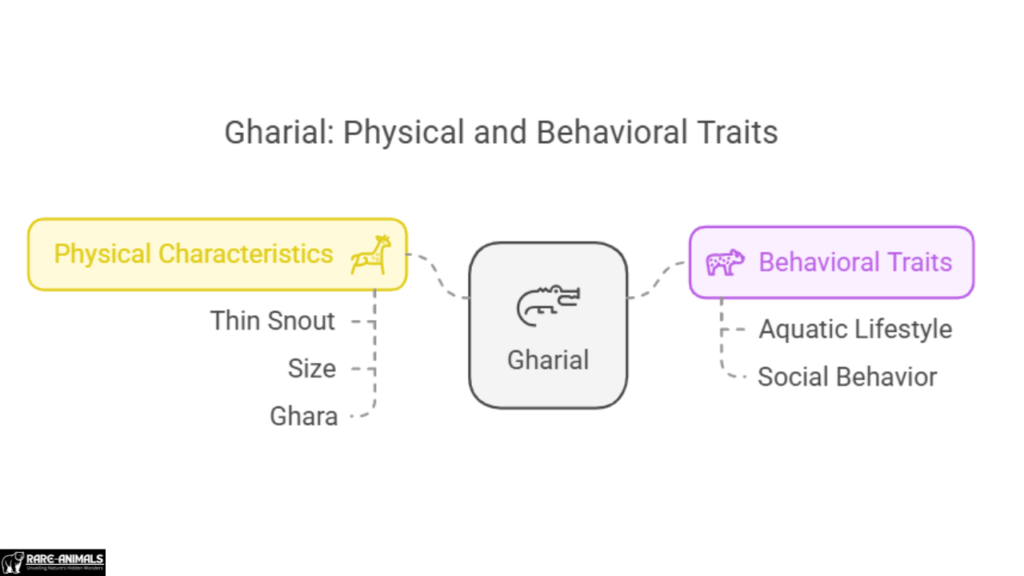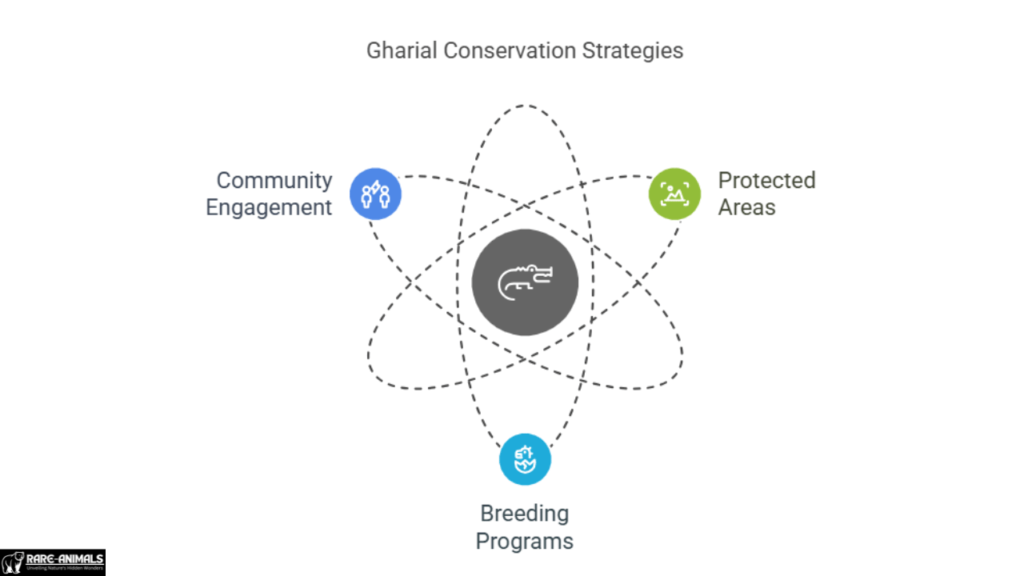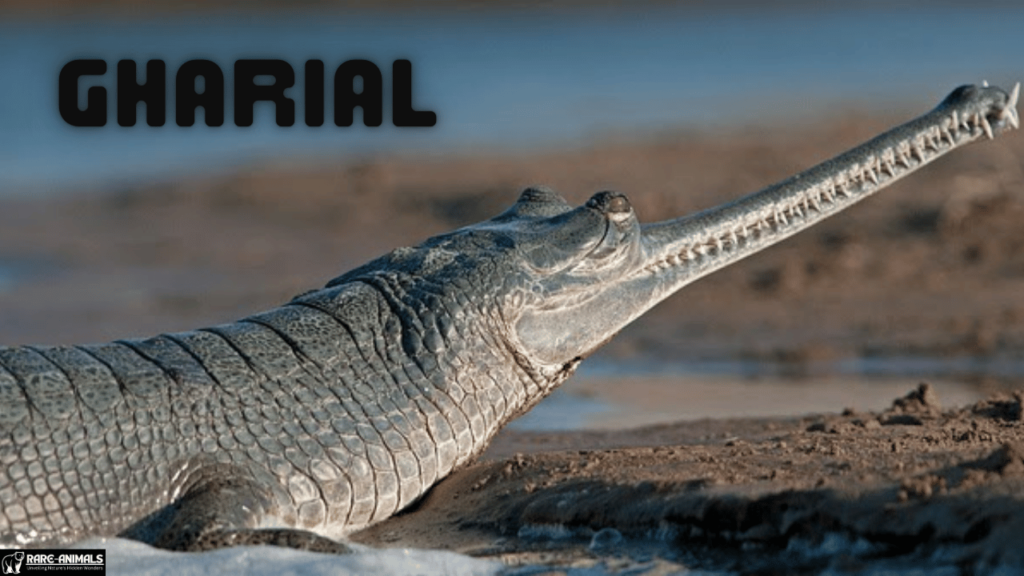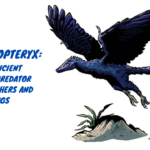The gharial (Gavialis gangeticus), a critically endangered crocodilian species, stands out with its exceptionally slender snout and unique lifestyle. Native to the rivers of the Indian subcontinent, this fascinating reptile plays a vital role in maintaining aquatic ecosystems.
Despite its ecological importance, the gharial faces numerous threats, from habitat destruction to pollution. In this article, we delve deep into the world of the gharial, exploring its characteristics, habitat, diet, and conservation efforts.
What Makes the Gharial Unique?
The gharial’s distinct appearance and behavior set it apart from other crocodilians.
Physical Characteristics
- Thin Snout: The gharial’s elongated and narrow snout is perfectly adapted for catching fish, its primary diet.
- Size: Adult males can grow up to 20 feet long, making them one of the largest crocodilian species.
- Ghara: Mature males possess a bulbous growth, called a “ghara,” at the tip of their snout. This structure aids in sound production and attracting females during mating.
Behavioral Traits
- Aquatic Lifestyle: Unlike other crocodilians, gharials are highly aquatic and rarely venture far from water.
- Social Behavior: Gharials are known for their social basking habits, often seen sunbathing in groups along riverbanks.

Habitat and Distribution
Natural Habitat
Gharials thrive in freshwater ecosystems, particularly in:
- Rivers: They prefer deep, fast-flowing rivers with sandy banks.
- Water Quality: Clean and unpolluted water is crucial for their survival.
Geographic Range
Historically, gharials were found across:
- India: Rivers like the Ganges, Yamuna, and Chambal.
- Nepal: The Narayani and Rapti rivers.
- Pakistan and Bangladesh: Former ranges where they are now extinct.
Conservation efforts have focused on restoring these habitats and reintroducing gharials to areas where they once thrived.
Diet and Feeding Habits
Fish Specialists
The gharial’s diet consists primarily of fish, earning it the nickname “fish-eating crocodile.”
- Adaptations: Its sharp teeth and streamlined snout allow it to catch slippery prey with ease.
- Feeding Strategy: Gharials use a side-to-side snapping motion to capture fish.
Occasional Prey
Young gharials may consume:
- Frogs
- Insects
- Small crustaceans

Conservation Challenges
Threats to Survival
Gharials face several challenges, including:
- Habitat Loss: Dam construction and sand mining disrupt their riverine habitats.
- Pollution: Industrial waste and agricultural runoff degrade water quality.
- Fishing Nets: Accidental entanglement in fishing gear often leads to injuries or death.
- Climate Change: Altered river flows and temperature changes affect their breeding and feeding patterns.
Conservation Efforts
Protected Areas
- Establishing sanctuaries such as the National Chambal Sanctuary in India provides safe havens for gharials.
Breeding Programs
- Captive breeding and reintroduction programs aim to bolster wild populations.
Community Engagement
- Educating local communities about the importance of gharials helps reduce human-wildlife conflict.

FAQs
1. Why is the gharial’s snout so thin?
The gharial’s thin snout is an evolutionary adaptation for catching fish, its primary food source.
2. Are gharials dangerous to humans?
Gharials are not considered a threat to humans as their snout and teeth are specialized for fishing, not for attacking large prey.
3. How many gharials are left in the wild?
As of recent estimates, fewer than 1,000 adult gharials remain in the wild, making them critically endangered.
4. What is the purpose of the ghara on male gharials?
The ghara amplifies vocalizations and plays a role in attracting females during the breeding season.
5. How can we help conserve gharials?
Supporting conservation organizations, reducing water pollution, and advocating for sustainable river management are crucial steps.
Conclusion
The gharial, with its remarkable thin snout and unique lifestyle, is a testament to nature’s diversity. However, its survival hangs by a thread due to human activities and environmental changes.
By understanding and addressing the challenges they face, we can work together to ensure the gharial continues to glide gracefully through our rivers for generations to come.
Learn more about gharial conservation efforts and how you can contribute to protecting this rare species. Share this article to spread awareness and inspire action.

Alveena is an experienced content writer with a knack for crafting engaging and insightful pieces. She thrives on breaking down complex ideas and presenting them as clear, captivating content that resonates with readers.







